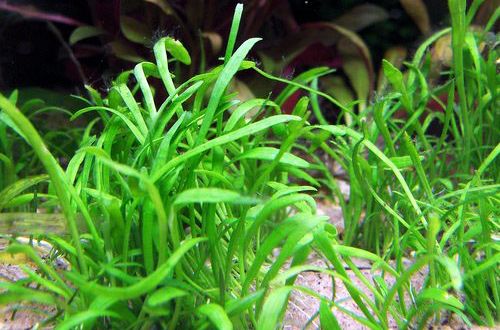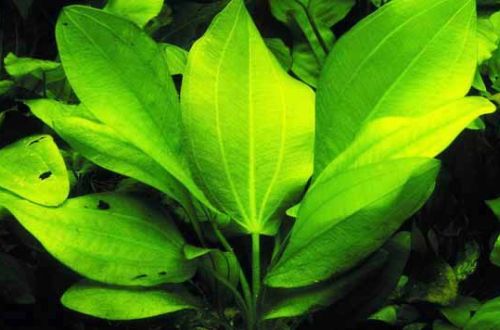
Elodea canadensis
Canadian Elodea, scientific name Elodea canadensis. It is one of the oldest and most famous aquarium plants. Native to North America from the United States and southern Canada, where it grows in alkaline (high pH) lakes and associated rivers. The plant was discovered in 1803 by the French botanist and explorer André Michaud. It was brought to Europe in the 20th century. Once in the wild, it flooded many reservoirs of the Old World, however, by the beginning of the XNUMXth century it had practically disappeared after several especially cold winters.

The plant has a long stem, sometimes branching, on which short (up to 1 cm) bright green leaves are formed, three in whorls – part of the axial organ of the plant (node). In favorable conditions, it can grow up to 2 meters in length. Floats on the surface, forming dense clusters. This feature of growth has led to the fact that the roots have lost their main function, turning into thin and rather fragile threads.
In the early days of the aquarium hobby, when there were no devices to maintain a stable aquatic environment, Elodea canadensis was very popular because it can grow in an unheated aquarium over a very wide pH and dGH range. It is now less common and often confused with another related species from South America – Egeria Densa (Egeria densa), which has more elongated leaves.





